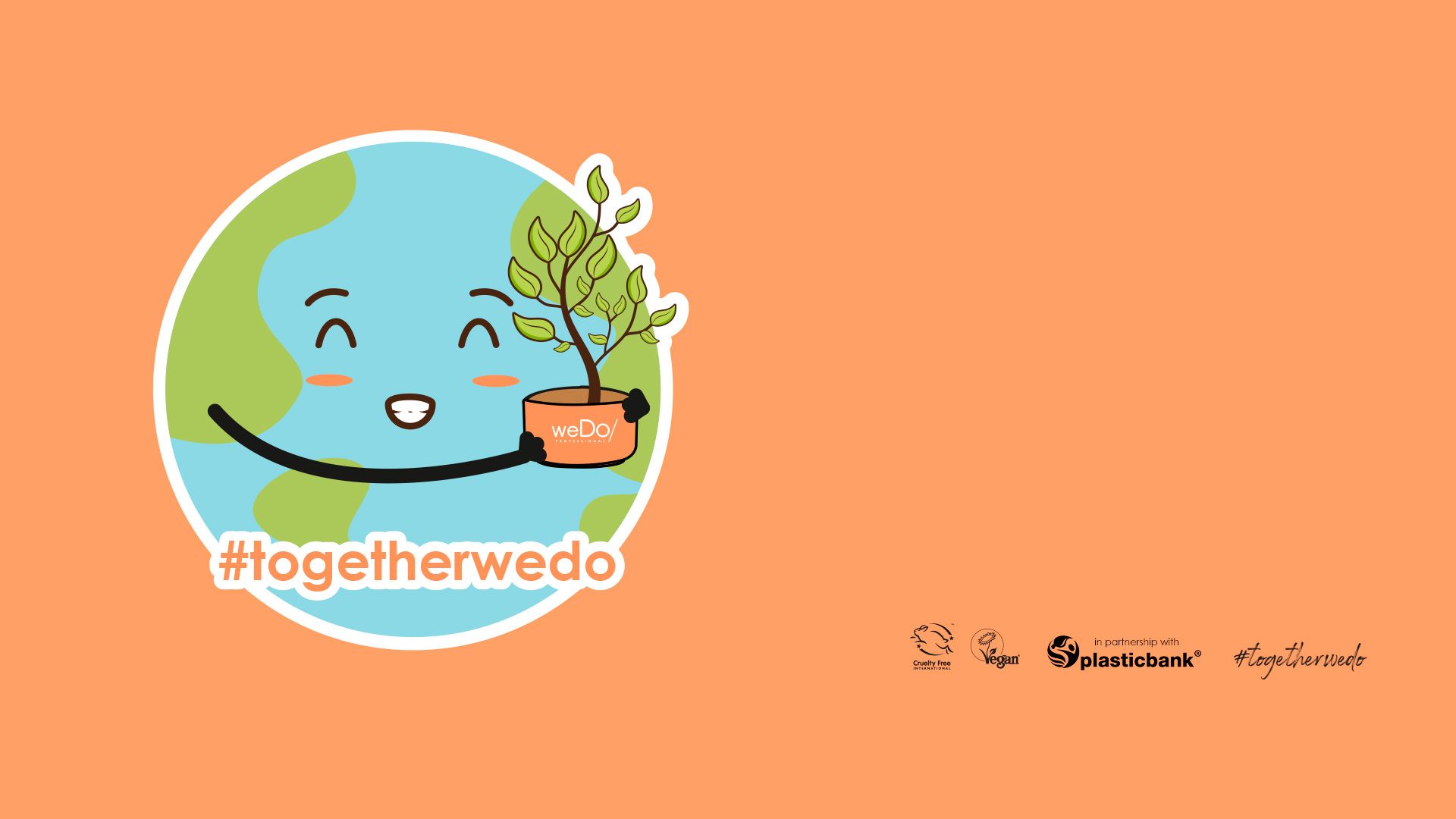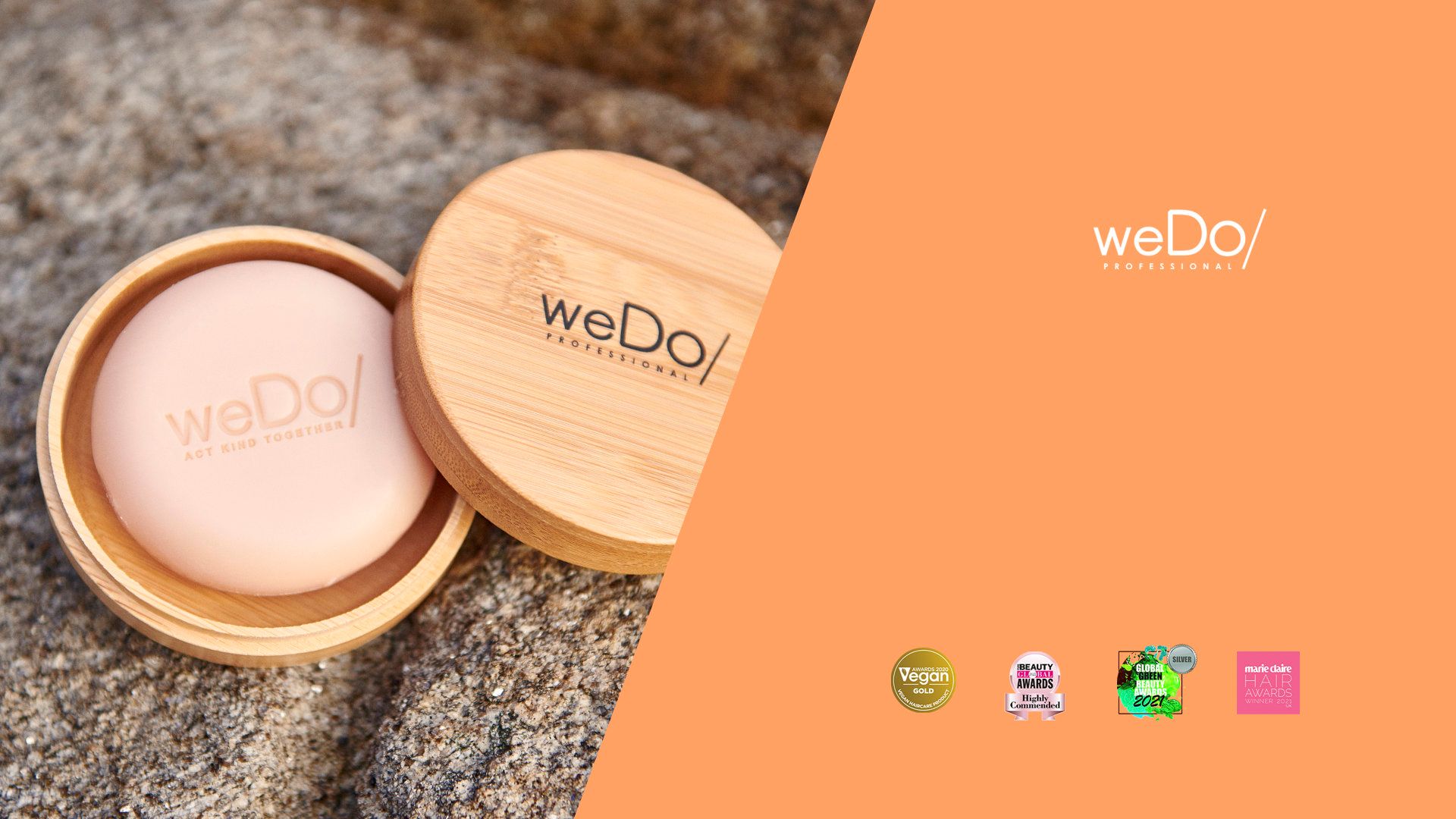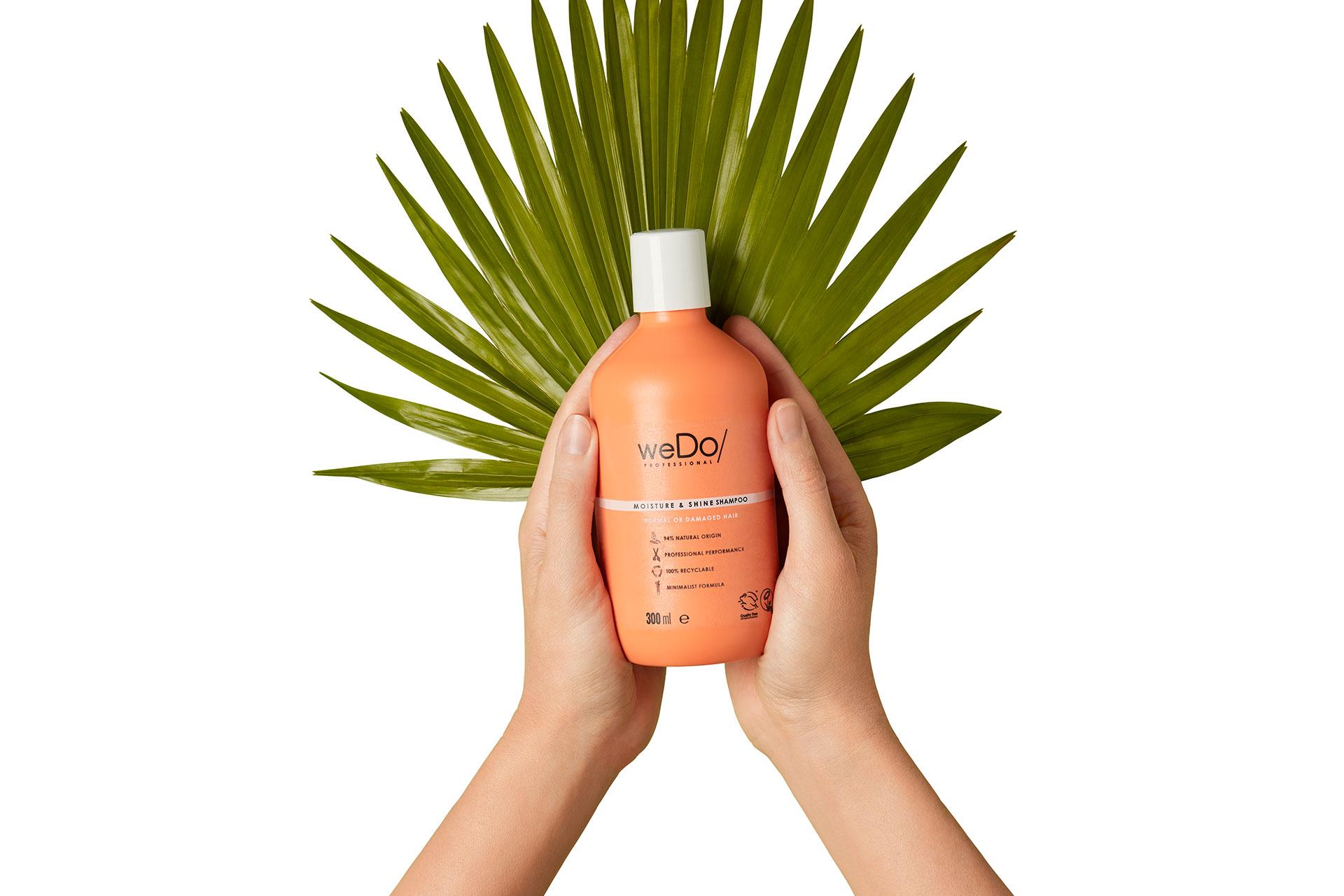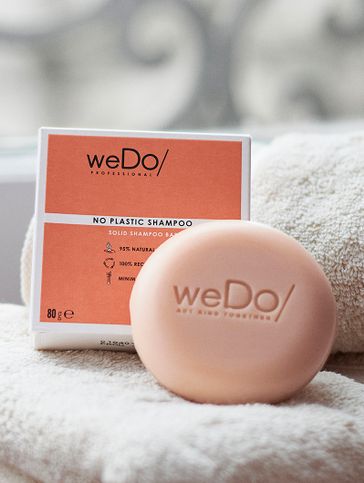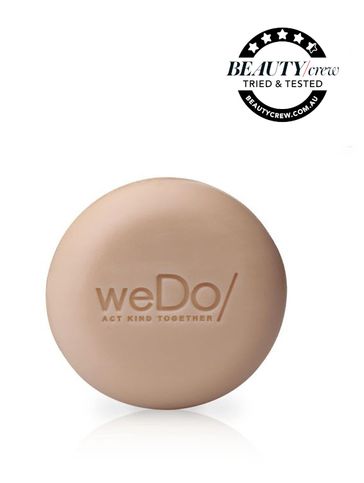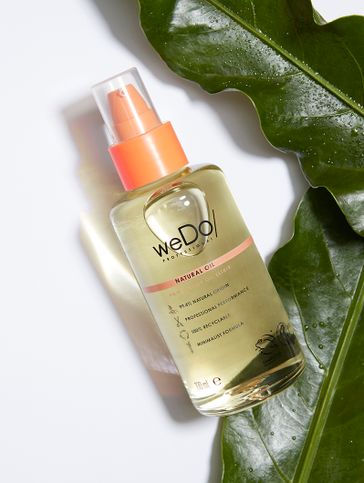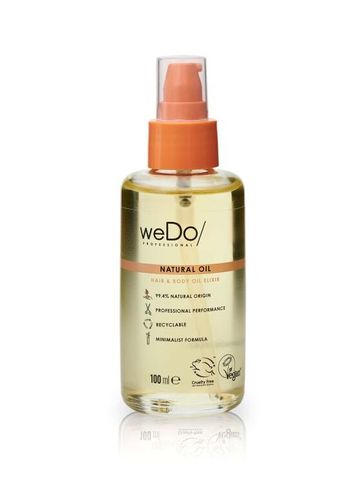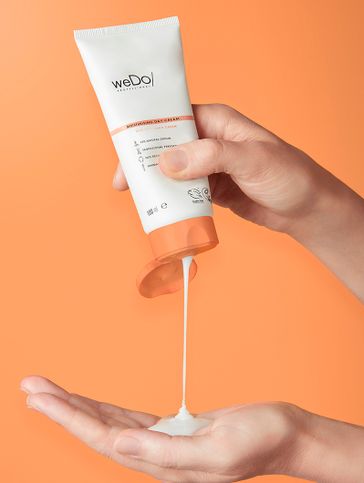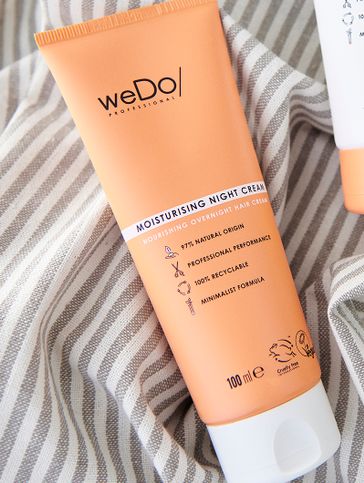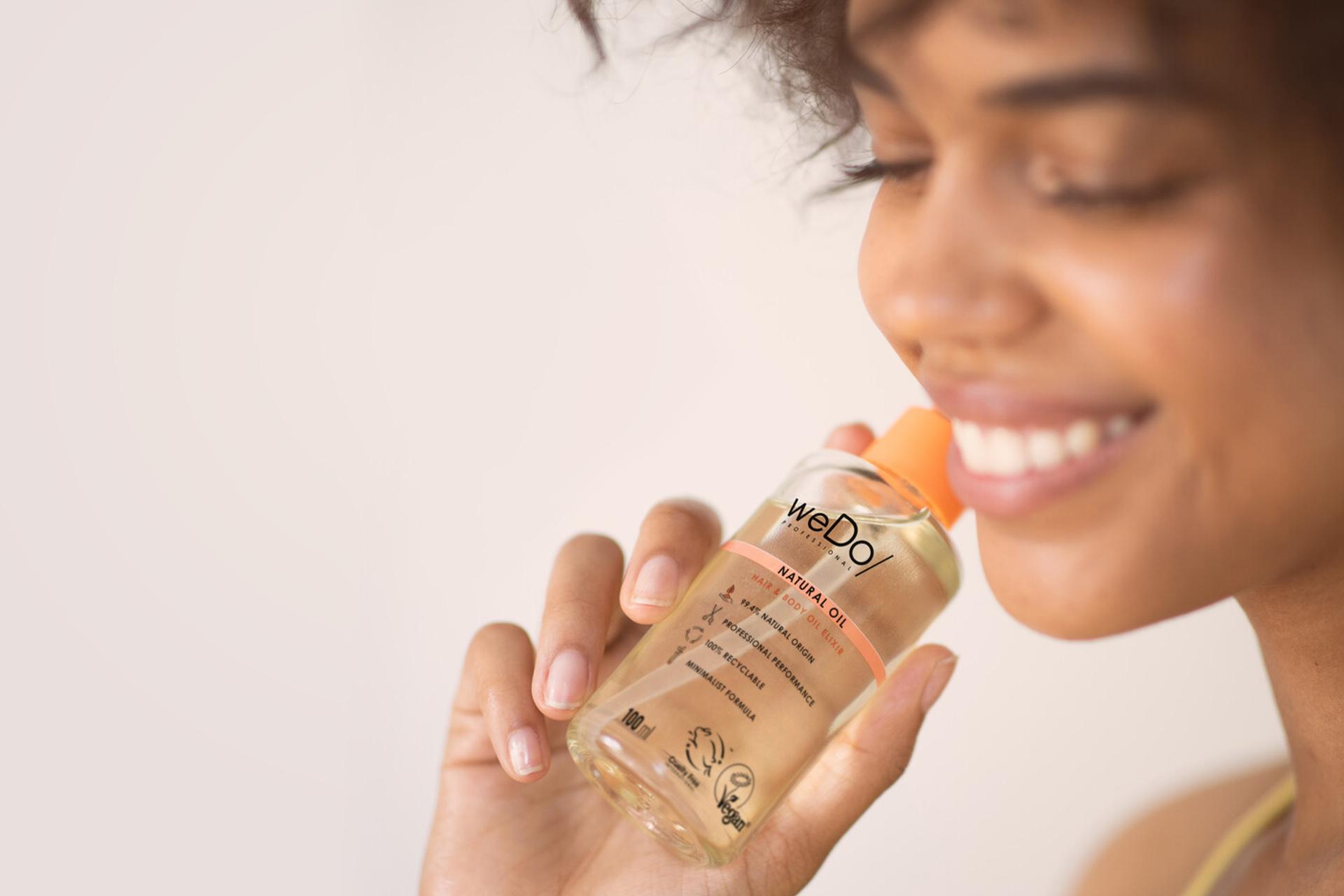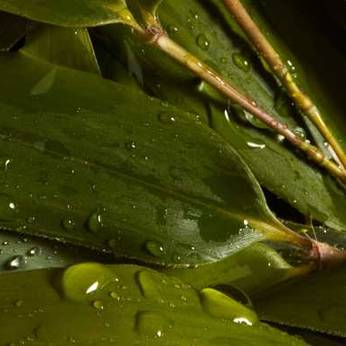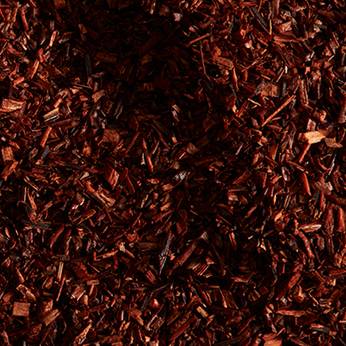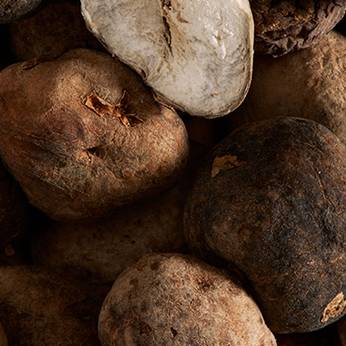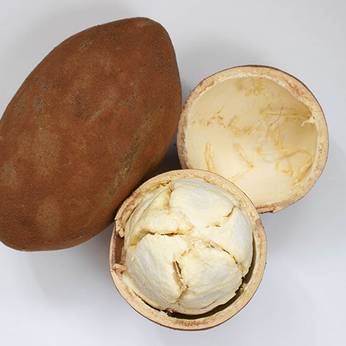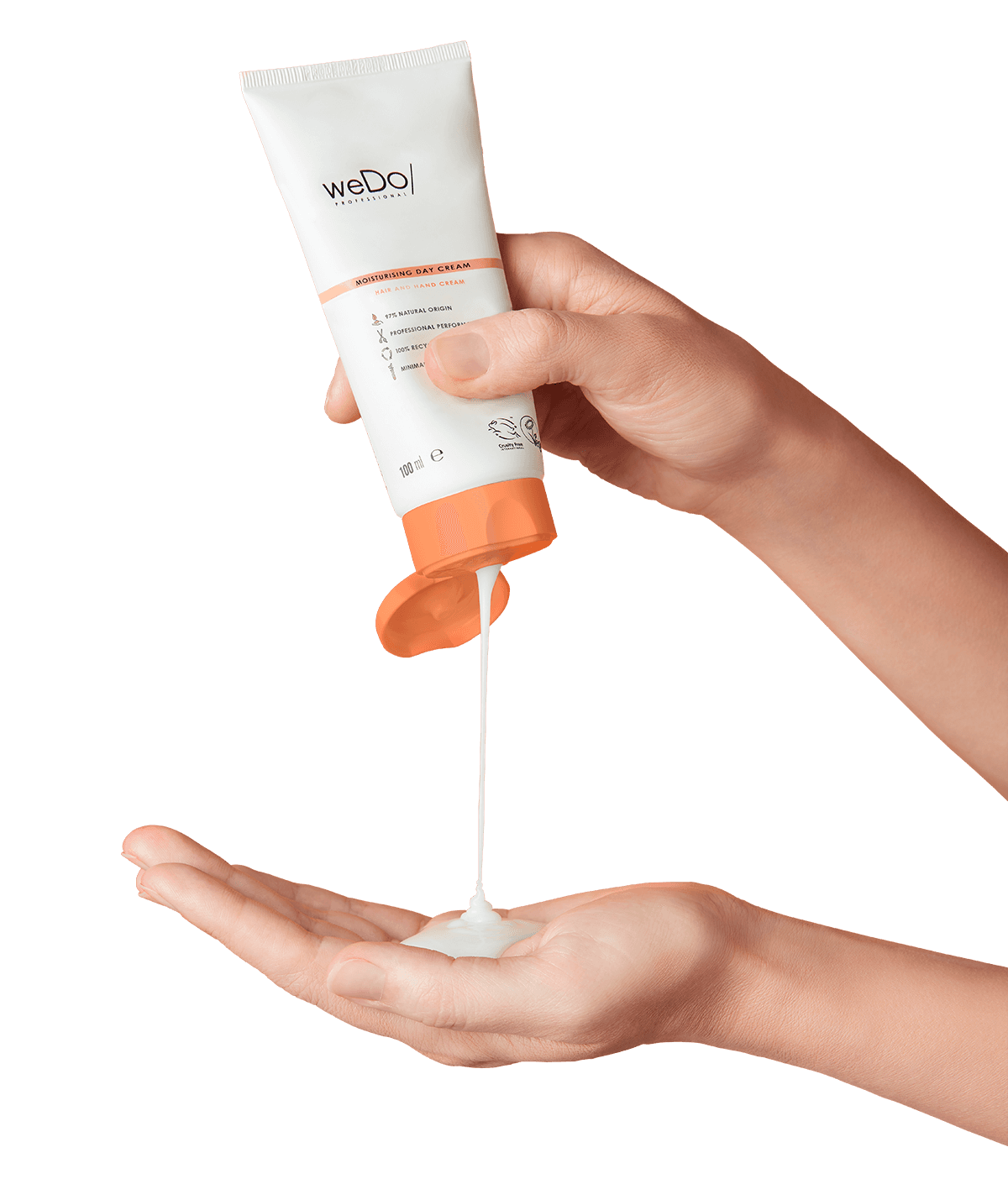
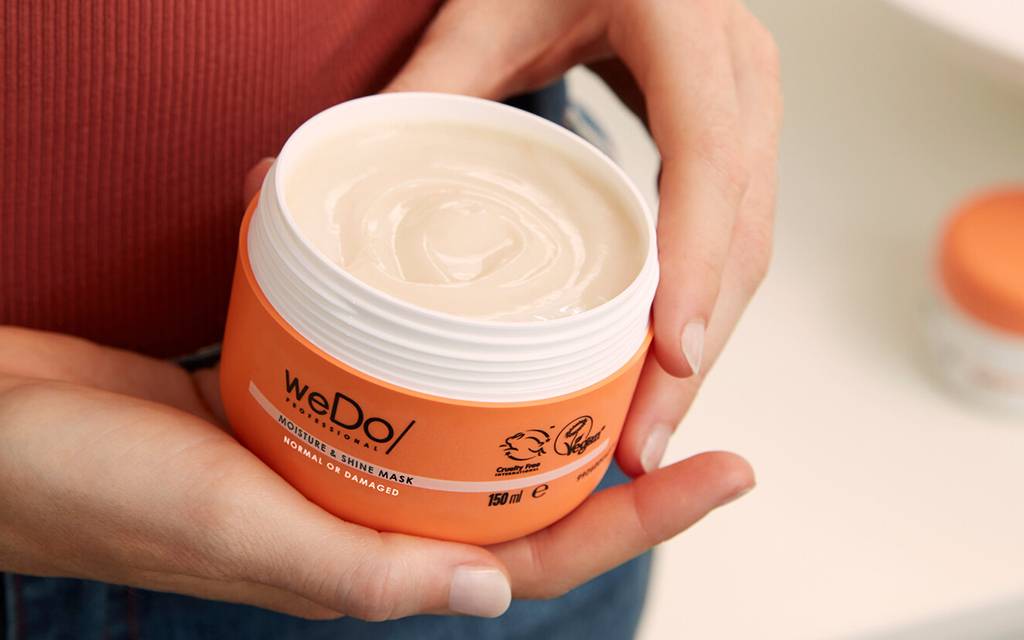
What we do
A range of recyclable vegan hair products for hair (and skin!), certified by the Vegan Society and Cruelty Free International. Each product has been designed with scientists from professional haircare labs to deliver professional performance with a minimalist approach, keeping only what’s necessary to deliver the benefits. No sulphates, no silicones, no artificial colourants.

weDo/ Hair quiz
Discover which weDo hair care products are right for you by answering 5 simple questions. Find your personalised vegan, natural hair care routine with weDo/’s hair quiz.

Find Your Vegan
Haircare Routine
What is it made from?
Our products use 86%-99.4% natural origin ingredients depending on the product, like ethically sourced murumuru and cupuacu butters that you can find in our day and night creams. All our ingredients are precious to us and we give them the best chance to show their benefits, whether it involves cold pressing, or even natural oxidization!
Natural Haircare
Transitioning to natural products comes with a different experience, in terms of application and hair feel. Once you have made the jump and experience the benefits of naturally beautiful hair, you'll wonder why you didn't do it sooner!
3 out of 5 US consumers agreed that the weDo/ products perform so well, they can't believe that they are natural. *

weDo/ fight ocean plastic
weDo/ is a tribute to people who fight to make the world a better place, but also a platform to help us act more sustainably together.
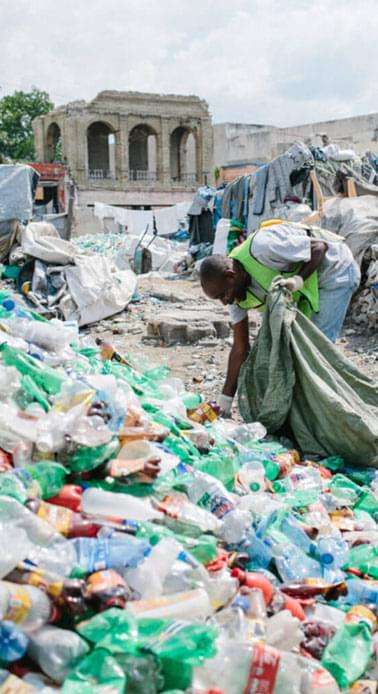
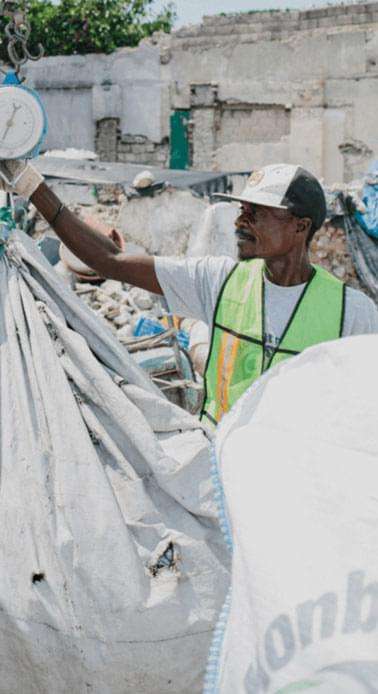
That’s why we joined forces with Plastic Bank to help fight ocean plastic. For each product sold, we are removing 8 plastic bottles from the environment.
